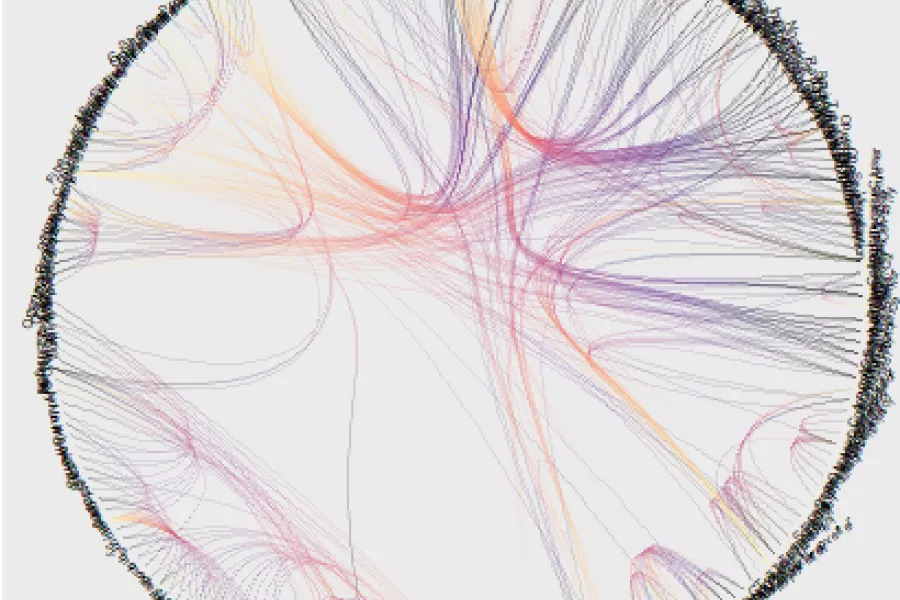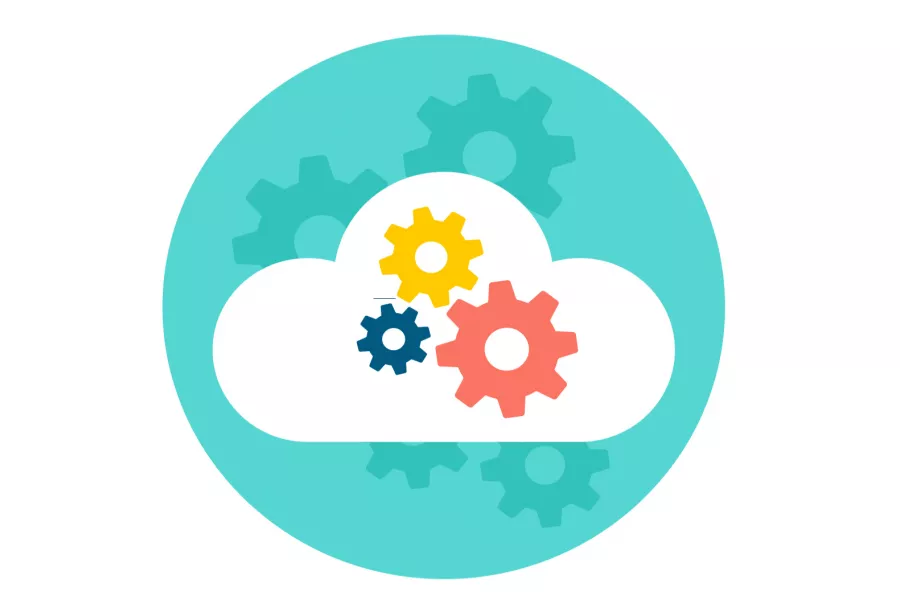
Design
Ideally, clients contact us right at the beginning of their study or project. At this stage, we can question and advise on the optimal research methods, measurement scales and indicator definitions, conduct sample size calculations, advise on sampling methods for primary data collection, and draft statistical analysis plans that link the study design to the appropriate analysis tools.
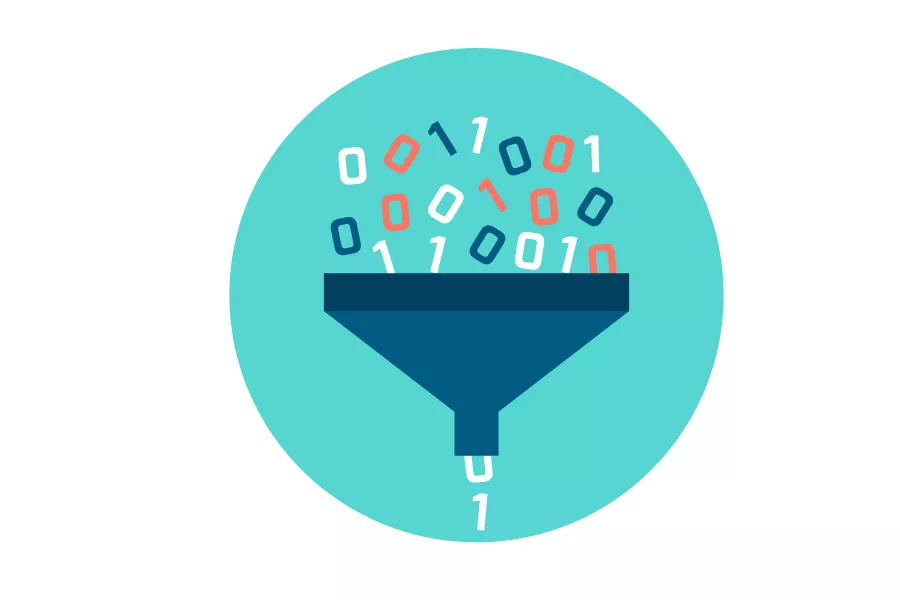
Data collection
Our support to the data collection phase includes help with randomisation, questionnaire development, testing of data collection instruments, and quality assurance of data collection in case of primary data collection. We can also help identify and secondary data sources and review their quality.
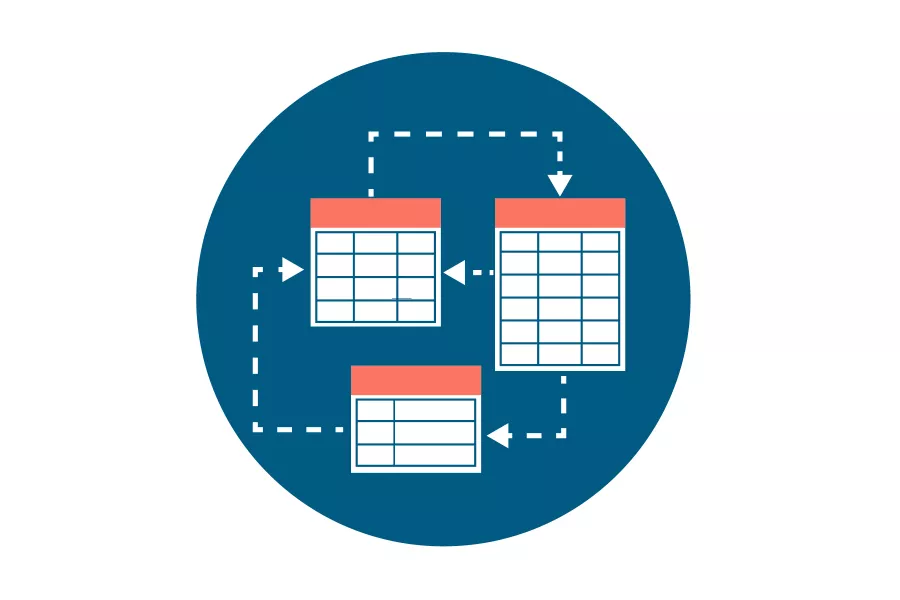
Data management/wrangling
While we ask our clients for data to clearly documented and to have been “cleaned”, we will conduct data wrangling of primary or secondary data. Raw data rarely comes in a state that is ready for analysis, and usually has to be checked, structured, combined or transformed before one can proceed with further analysis.
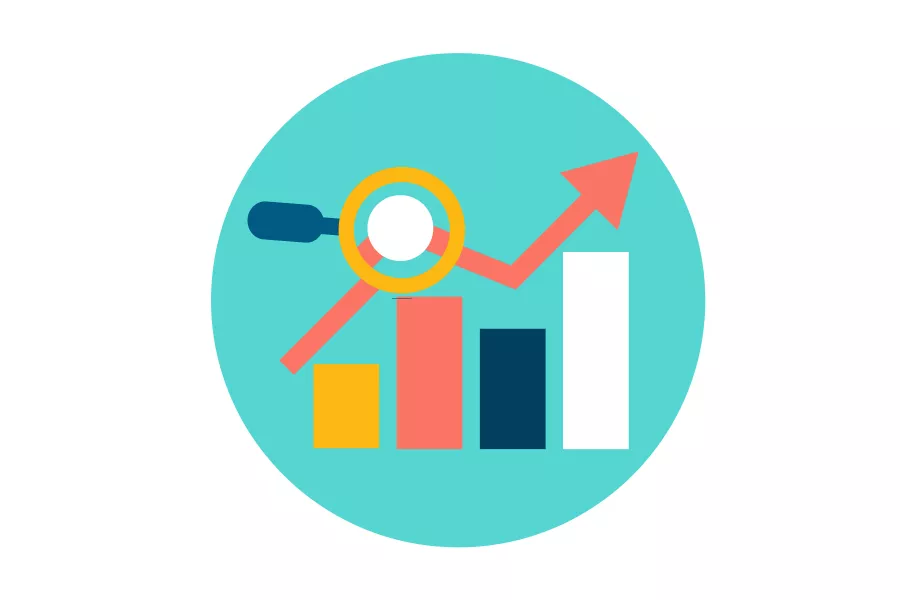
Analysis, visualisation and communication
Typical analysis steps involve exploratory analysis to understand structures and relationships in the data, followed by hypothesis testing and causal or predictive modelling if the data, study design and the hypotheses have been set up accordingly. Statistics are only useful if they can be easily understood, and we place emphasis on using visualisations and clear non-jargon language when presenting the results.
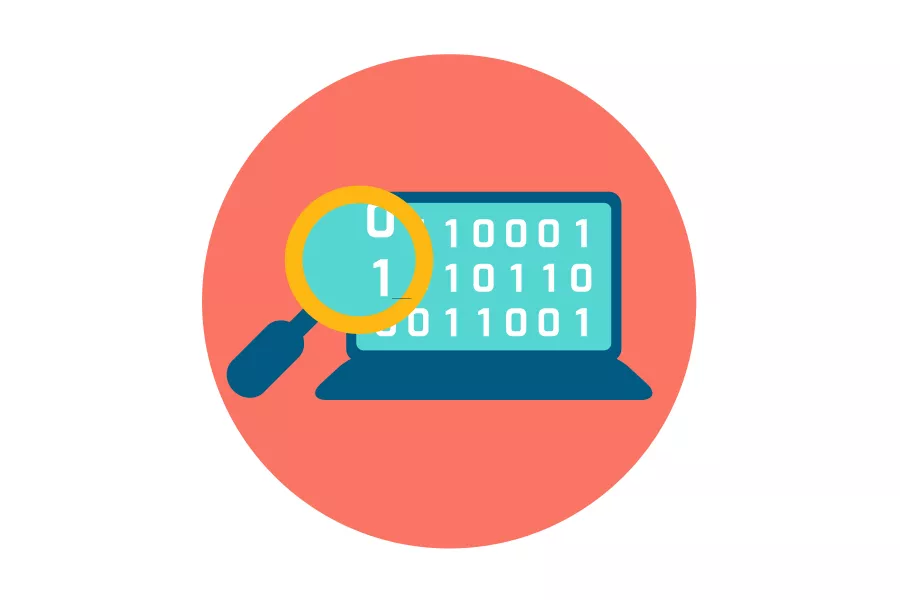
Review/advice/quality assurance
Much of our work involves reviewing data, designs or analysis and providing feedback and suggestions for how to take your statistical work forwards. We also support with the monitoring, evaluation and learning in the context of policy programmes.
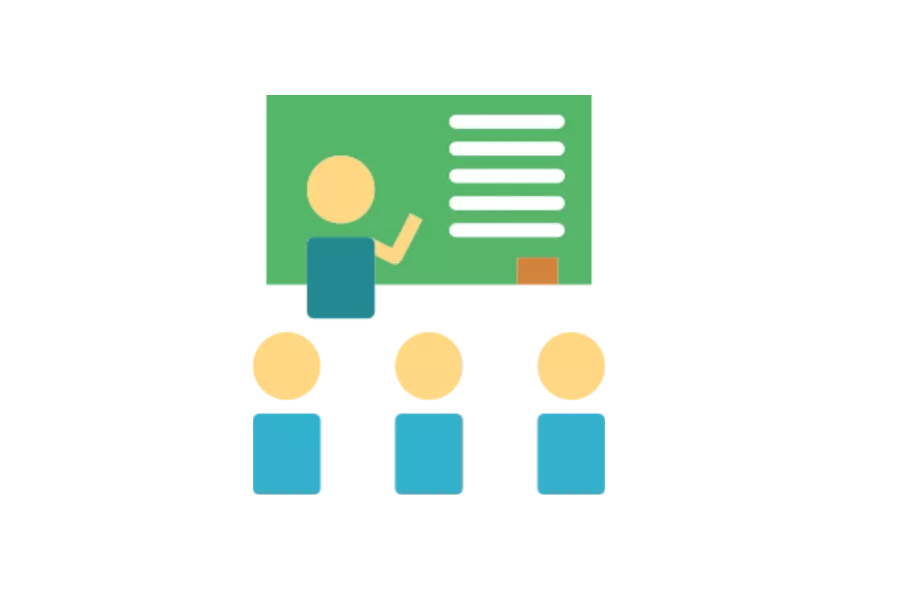
Training
We provide tailored training in the statistical methods you need, as well as their application in R.
Icons by Image by macrovector on Freepik
Thank you very much for the course this week. It was all very relevant to my data and although I could run some of the code before, I understand the reasoning behind choosing different models and interpreting the output much better now.
Training attendee


